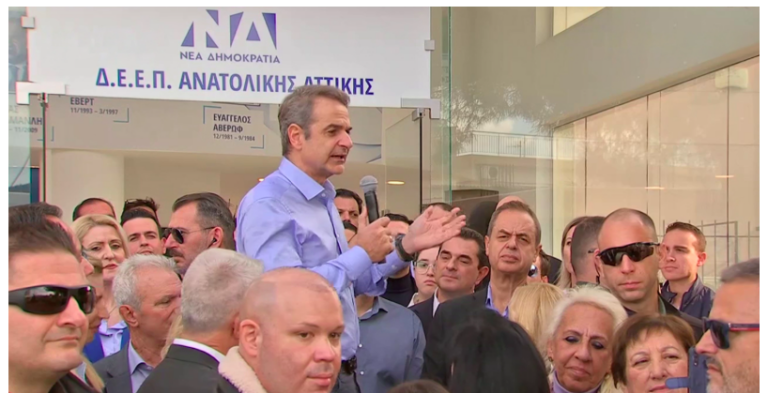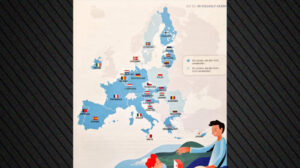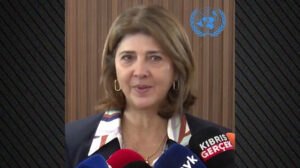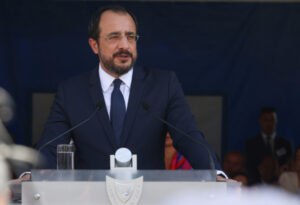The price of commodity in the domestic wholesale market is still in a new upward tempo, with natural gas moving steadily above the €55 zone.
In particular, for today, Thursday 12 February, the price of electricity has exceeded the 200 euro mark. Based on data from the Hellenic Energy Exchange, the average price is 204.82 euros/MWh, recording an increase of 12.47% euros compared to yesterday’s 182.11 euros/MWh. It is the fifth consecutive increase since February 8 when the price was at 113 euros/MWh.
In fact, for today the lowest price was at 139.14 euros/MWh and the highest at 360.02 euros/MWh. As expected, the lion’s share in the energy mix of power generation is taken by natural gas with a share of 56.32%, while renewables are limited to 21.23%. Lignite is in third place with 9.83%, followed by imports with 6.71% and hydro with 2.88%.
At the same time, the price of natural gas in the European market is still at high levels, despite a slight decline. In the TTF benchmark, delivery contracts in March closed yesterday at 56.08 euros/MWh, down 3% on the day, while on Monday the price reached a two-year high, topping 58 euros/MWh (€58.04).
A role in the slight price deceleration was played, among other things, by the fact that the US stepped up efforts to broker a peace deal between Moscow and Kiev, fueling hopes for a return of some of the flows from Russia. Minutes before the European gas market shutdown, President Donald Trump said he had spoken with his Russian counterpart, Vladimir Putin, and that they had agreed to begin talks to end the war in Ukraine.
The rally will last
For their part, several analysts predict that the gas rally will last. As Bloomberg reports, BNP Paribas SA says that supply fears sparked by the recent rally in European gas prices are unwarranted, but the climate is so cold that it is unlikely to ease before the winter season ends.
“While the market may have been proven wrong in pricing in a difficult end to the heating season,” Aldo Spanjer, senior commodity strategist at BNP Paribas, doesn’t see the climate changing until the end of the European winter.
European gas prices surged to a two-year high this week as rapidly depleting supplies revived the spectre of an energy crisis, with consumers and businesses struggling with high bills. Colder conditions and more windless days since last winter, in addition to the loss of Russian gas through Ukraine, have forced countries to tap reserves faster than usual. That has fueled a surge in prices for the summer, when reserves need to be replenished.
Policymakers are considering various options – with Germany discussing a proposal to subsidise storage volumes – adding to the uncertainty and further widening the premium on summer prices.
These moves could prolong market anxiety, according to Spanjer. “We believe regulatory intervention could cement the disconnect between the physical and financial markets. This would keep prices higher than necessary,” as he points out.
Up to 350 additional LNG cargoes
Meanwhile, Europe may need to attract up to 350 additional cargoes of LNG this year to refill storage facilities that are rapidly running out, according to one of the region’s leading fuel suppliers, Equinor ASA.
In a worst-case scenario, European gas reserves could fall 30% by the end of winter, said Helge Haugane, senior vice president for gas and energy at Equinor ASA.
Ask me anything
Explore related questions





